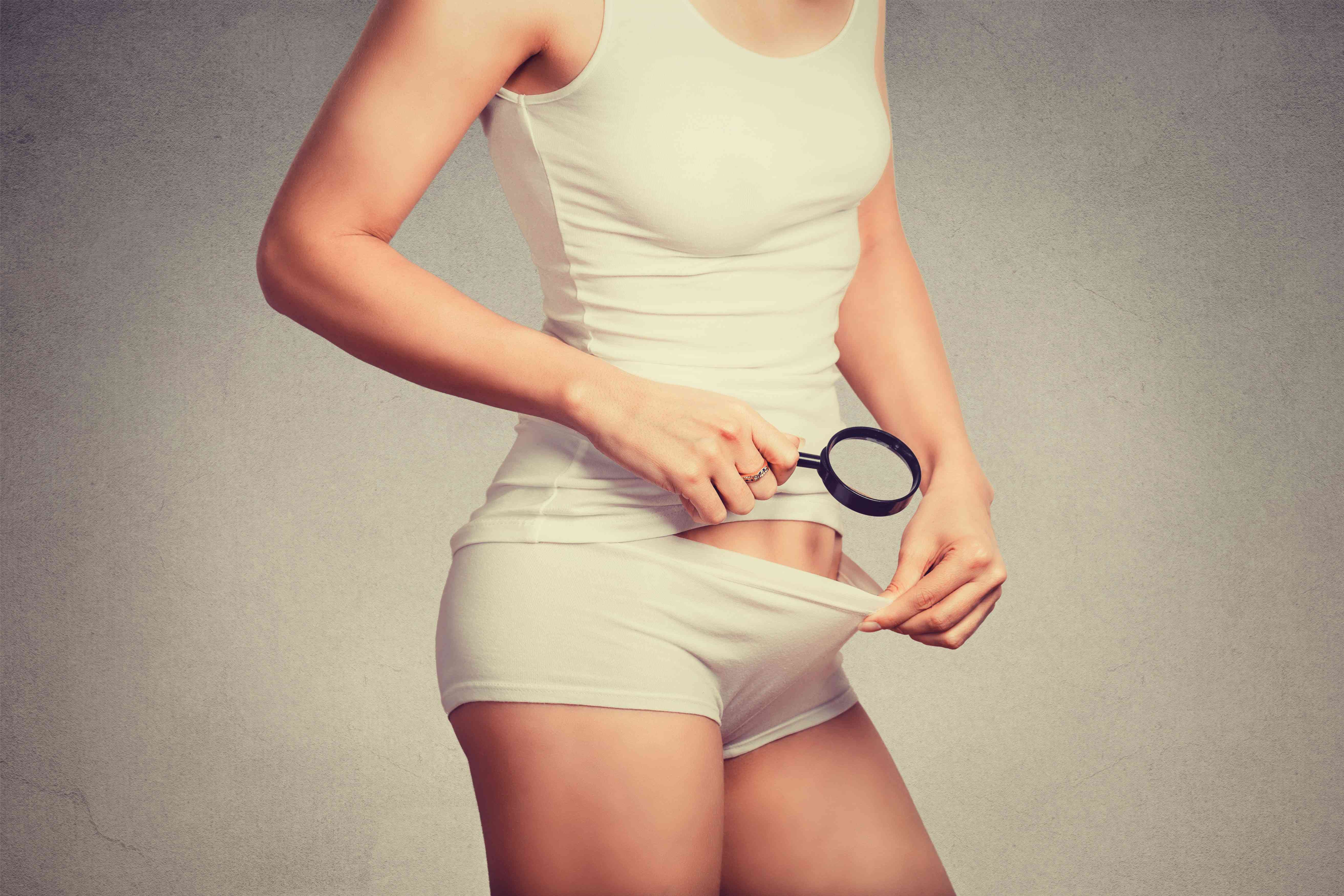
Pubic Hair Transplants – The Beaver Is Back
By Dana Herron
Yes friends, what you’ve heard is true. The Great American beaver is making a comeback. And no, we are not referring to those cute furry little semi-aquatic rodents that you might find milling about riverside dams. Nope, we are talking about “beavers” of a completely different kind. That’s right, after decades of aggressive waxing and laser hair removal, more and more American women are now re-thinking their approach to “personal” grooming, and they are choosing to allow their pubic hair to grow. That’s right, many American women are embracing the beaver again! And in the process, many of these women are choosing to embrace a more “natural” way of doing things. Now worry not. This does not mean that coming soon to a poolside near you will be women walking around, shamelessly allowing massive amounts of their pubic hair to peek out from behind their bikini lines. But, the resurgence of the Great American Beaver does mean that, at least when it comes to grooming of a more “personal” nature, things in America are definitely trending more “retro”.
American vs. Asian Hair Culture
While pubic hair grooming is trending more “retro” in America, this hasn’t always been the case. Historically in fact, American women have generally been pretty staunch proponents of the “less is more” approach to pubic hair grooming. And while fewer American women are now aggressively waxing and lasering the hair in their nether regions than once were, the reality still is that about 84% of American women do at least some pubic grooming on a regular basis. This however is not the case across all cultures. Consider women in Asia for example. In many Asian countries, having ample pubic hair is something that is prized and celebrated. This in part is because in many Asian cultures, women believe that a furry beaver is a sign of robust sexual health and fertility. So, for them, when it comes to pubic hair, less is certainly not more. For them and their pubic hair, more is more. For them, the more pubic hair they have, the greater their overall femininity. Unfortunately, for some Asian women, the high value placed on having ample pubic hair can result in some very real problems with their self-image. This is because, while many Asian women place high value on their pubic hair, many Asian woman are also at an increased risk for suffering from hereditary conditions like Pubic Atrichosis and Pubic Hypotrichosis. Conditions that, in the case of the former, result in a complete lack of pubic hair; and in the case of the latter, result in a paucity of pubic hair.

Korean women in particular are at increased risk of suffering from either Pubic Atrichosis or Pubic Hypotrichosis. Recent estimates in fact indicate that a full 10 percent of Korean women suffer from one of these two conditions. Now, because of the high value that is placed on pubic hair by many in Korea, this fact can be quite troubling to those suffering from these conditions. However Science has an answer and help is available! Yay Science! Thanks to a number of fairly recent scientific advances in hair restoration technology, many Korean women suffering from either a paucity of, or a complete lack of pubic hair, are able to opt for a pubic hair transplantation. That’s right, many South Korean women in search of a fuller, healthier looking set of pubes are now electing to take the hair from their scalps, and to transplant it to that valuable bit of real estate that lies beneath their waistlines. With the pubic hair transplantation procedure taking between just 3 to 5 hours, many of the Korean women undergoing pubic hair transplant are able to quickly, and anonymously go from bald and ashamed, to ballin and proud. Now, while the transplantation process itself is fairly painless from a physical standpoint, it can put a hurtin on a women’s wallet. In fact, the average pubic hair transplantation in South Korea costs about $1500. Though expensive, many South Korean women who have had a pubic hair transplant say that the cost of the procedure was more than worth it to them. Consider that over 74% of Korean women surveyed after having had a pubic hair transplant said that, it was a sense of inferiority to women with ample amounts of pubic hair that led them to get their transplants done. With the transplants then done, many of these women expressed a heightened sense of confidence that they felt made it easier for them to interact both with their peers and with members of the opposite sex.
Growing Trends
It certainly goes without saying that pubic hair transplantation is a BIG deal in South Korea. According to the International Society of Hair Restoration (ISHR), the number of women getting pubic hair transplants in South Korea increased by 160% over the last two years that organization trended to total number of pubic hair transplantation cases in the country. But surprisingly, while having ample pubic hair is a BIG “thing” in many Asian countries like South Korea, pubic hair transplantation is not just an Asian phenomenon. In fact, according to recent ISHR data, the majority of pubic hair transplants carried out in 2016 were carried out in Mexico and in Central and South American countries. Together, pubic hair transplants carried out in Mexico, Central and South America accounted for a full 77% of all pubic hair transplants conducted in 2016. By comparison, only 14% of the pubic hair transplants done in 2016 were done in Asia. So, while the Great American Beaver is certainly making a comeback, it looks like the Great American Beaver isn’t the only beaver whose numbers are on the rise.






































